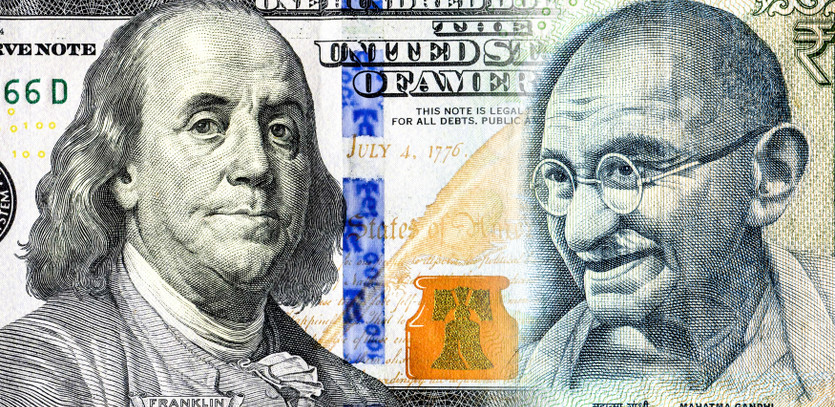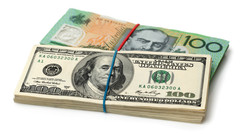Asian Currencies and the Falling U.S. Dollar
On Wednesday, most Asian currencies remained confined to a narrow range, while the US dollar languished at its weakest point in five months. This movement stems from ongoing speculation that the Federal Reserve will begin reducing interest rates as early as 2024.
In December, Asian currencies took a leap as the Federal Reserve announced an end to its interest rate hikes. Recent softer-than-expected inflation data also hints that the Fed may consider reducing rates as early as March 2024. However, the gains in December have merely mitigated the substantial losses Asian currencies have incurred this year, caused by high U.S. interest rates and a steady export of funds from high-risk, high-yield currencies.
The Dovish Impact on Asian Currencies
Consequently, the outlook for most Asian currencies appears relatively brighter, despite the cautious end to 2023. The anticipation of planned Federal Reserve rate cuts in the upcoming year holds promise. Yet, the central bank has remained vague about the exact timing of these planned reductions.
In 2023, signs of dovishness from regional banks exerted pressure on certain Asian currencies. One example is the Japanese Yen, which dipped by 0.1%, as the Bank of Japan revealed a strong inclination among policymakers to keep monetary policy ultra-dovish in the short term. Although the Bank of Japan has hinted at policy tightening in 2024, it has provided little information about when such steps would be taken.
Underperformers and Expectations for 2024
Asian currencies are anticipated to wrap up 2023 in an underwhelming fashion, as many regional central banks halted their rate hike programs this year as inflation decelerated. On Wednesday, the Australian dollar rose slightly by 0.2% and is anticipated to rise by the same figure in 2023. Markets currently expect the Reserve Bank of Australia to leave rates unchanged in the upcoming week.
Meanwhile, the Indian rupee and South Korean won are set to lose 0.6% and nearly 3% respectively in 2023. The Chinese yuan joined them among the worst performers of the year, poised for a 3.6% loss amid declining optimism towards the country. A much-anticipated post-COVID economic bounce back did not emerge in 2023.
The US Dollar Nearing Year End
The US dollar - which is predicted to lose nearly 2% over 2023 - remained steadfastly low in Wednesday's Asian trading activities. The majority of these losses occurred in December, following the Federal Reserve's announcement that it has ceased hiking interest rates and plans to implement cuts in 2024.
These indications prompted traders to shift focus away from the US dollar and towards riskier assets. The market predicts between three and five Federal Reserve rate cuts in 2024. However, the bank has shied away from providing specific data about the scope of planned cuts. Federal authorities recently advised caution against betting on premature rate cuts as inflation continues to persist.





